Reservoir Characteristics and Shale Oil Enrichment of Shale Laminae in the Chang 7 Member, Ordos Basin
Abstract
1. Introduction
2. Geological Setting
3. Materials and Methods
4. Results
4.1. Types and Combinations of Laminae
4.2. Pore Characterization of Shale Laminae
4.2.1. Pore Morphology
4.2.2. Pore Size Distribution
4.2.3. Porosity
4.3. Micromigration Mechanisms and Enrichment Model of Shale Oil
5. Discussion
5.1. Being Rich in Organic Matter Guarantees a Sufficient Supply of Shale Oil
5.1.1. Reducibility and Suitable Continental Input
5.1.2. Volcanic Event
5.1.3. Pyrite and Collophosphonite
5.2. The Production of Hydrocarbons Develops Pores and Contributes to Reservoir Quality
5.3. The “Clay Generation-Siliceous Reservoir” Shale Oil Enrichment Model
6. Conclusions
Author Contributions
Funding
Data Availability Statement
Conflicts of Interest
References
- Liu, B.; Shi, J.X.; Fu, X.F.; Lyu, Y.; Sun, X.; Gong, L.; Bai, Y. Petrological characteristics and shale oil enrichment of lacustrine fine-grained sedimentary system: A case study of organic-rich shale in first member of Cretaceous Qingshankou Formation in Gulong Sag, Songliao Basin, NE China. Pet. Explor. Dev. 2018, 45, 828–838. [Google Scholar] [CrossRef]
- Zhao, X.Z.; Zhou, L.H.; Pu, X.G.; Jin, F.; Shi, Z.; Xiao, D.; Han, W.; Jiang, W.; Zhang, W.; Wang, H. Favorable formation conditions and enrichment characteristies of lacustrine facies shale oil inl faulted lake basin:a case study of Member 2 of Kongdian Formation in Cangdong sag, Bohai Bay Basin. Acta Pet. Sin. 2019, 40, 1013–1029. [Google Scholar]
- Xi, K.L.; Li, K.; Cao, Y.C.; Lin, M.; Niu, X.; Zhu, R.; Wei, X.; You, Y.; Liang, X.; Feng, S. Laminae combination and shale oil enrichment patterns of Chang 73 sub-member organic-rich shales in the Triassic Yanchang Formation, Ordos Basin, NW China. Pet. Explor. Dev. 2020, 47, 1244–1255. [Google Scholar] [CrossRef]
- Li, T.T.; Zhu, R.K.; Bai, B.; Chongxiao, W.; Tiefeng, L. Characteristics and Research Significance of Fine Lacustrine Sedimentary Rock Laminations of Xiagou Formation in Qingxi Depression of Jiuquan Basin. China Pet. Explor. 2015, 20, 38–47. [Google Scholar]
- Li, C.; Cao, Y.C.; Jiang, Z.X.; Wu, J.; Guoqi, S.; Wang, Y. Shale oil potential of lacustrine black shale in the Eocene Dongying depression: Implications for geochemistry and reservoir characteristics. AAPG Bull. 2017, 101, 1835–1858. [Google Scholar] [CrossRef]
- Liu, B.; Bai, L.H.; Chi, Y.A.; Jia, R.; Fu, X.; Yang, L. Geochemical characterization and quantitative evaluation of shale oil reservoir by two-dimensional nuclear magnetic resonance and quantitative grain fluorescence on extract: A case study from the Qingshankou Formation in Southern Songliao Basin, northeast China. Mar. Pet. Geol. 2019, 109, 561–573. [Google Scholar] [CrossRef]
- Hu, S.Y.; Zhao, W.Z.; Hou, L.H.; Yang, Z.; Zhu, R.; Wu, S.; Bai, B.; Jin, X. Development potential and technical strategy of continental shale oil in China. Pet. Explor. Dev. 2020, 47, 819–828. [Google Scholar] [CrossRef]
- Fu, S.T.; Jin, Z.J.; Fu, J.H.; Li, S.; Yang, W. Transformation of understanding from tight oil to shale oil in the Mem-l ber 7 of Yanchang Formation in Ordos Basin and its significance of exploration and development. Acta Pet. Sin. 2021, 42, 561–569. [Google Scholar]
- Kuang, L.C.; Hou, L.H.; Yang, Z.; Wu, S. Key parameters and methods of lacustrine shale oil reservoir characterization. Acta Pet. Sin. 2021, 42, 1–14. [Google Scholar]
- Li, M.Y.; Zhu, R.K.; Hu, S.Y. Geological characteristics and resource potential of overseas terrestrial shale oil. Lithol. Reserv. 2022, 34, 163–174. [Google Scholar]
- Sonnenberg, S.A.; Pramudito, A. Petroleum geology of the giant Elm Coulee field, Williston Basin. AAPG Bull. 2009, 93, 1127–1153. [Google Scholar] [CrossRef]
- Du, J.H.; Hu, S.Y.; Pang, Z.L.; Lin, S.; Hou, L.; Zhu, R. The types, potentials and prospects of continental shale oil in China. China Pet. Explor. 2019, 24, 560–568. [Google Scholar]
- Krumbein, W.C. The dispersion of fine-grained sediments for mechanical analysis. J. Sediment. Res. 1933, 3, 121–135. [Google Scholar] [CrossRef]
- Tucker, M.E. Sedimentary Petrology: An Introduction to the Origin of Sedimentary Rocks; Blackwell Scientific Publication: Hoboken, NJ, USA, 2001; p. 260. [Google Scholar]
- Macquaker, J.H.S.; Adams, A.E. Maximizing Information from Fine-Grained Sedimentary Rocks: An Inclusive Nomenclature for Mudstones. J. Sediment. Res. 2003, 73, 735–744. [Google Scholar] [CrossRef]
- Schieber, J.; Southard, J.; Thaisen, K. Accretion of Mudstone Beds from Migrating Floccule Ripples. Science 2007, 318, 1760–1763. [Google Scholar] [CrossRef]
- Aplin, A.C.; Macquaker, J.H.S. Mudstone diversity: Origin and implications for source, seal, and reservoir properties in petroleum systems. AAPG Bull. 2011, 95, 2031–2059. [Google Scholar] [CrossRef]
- Liu, G.H.; Huang, Z.L.; Jiang, Z.X.; Chen, J.; Chen, C.; Gao, X. The characteristic and reservoir significance of lamina in shale from Yanchang Formation of Ordos Basin. Nat. Gas Geosci. 2015, 26, 408–417. [Google Scholar]
- Milliken, K. A Compositional Classification for Grain Assemblages in Fine-Grained Sediments and Sedimentary Rocks-Reply. J. Sediment. Res. 2016, 84, 1185–1199. [Google Scholar] [CrossRef]
- Caplan, M.L.; Bustin, M.R. Devonian—Carboniferous Hangenberg mass extinction event widespread organic-rich mudrock and anoxia: Causes and consenuences. Palaeogeogr. Palaeoclimatol. Palaeoecol. 1999, 148, 187–207. [Google Scholar] [CrossRef]
- Mort, H.; Jacquat, O.; Adattte, T.; Steinmann, P.; Föllmi, K.; Matera, V.; Berner, Z.; Stüben, D. The Cenomanian/Turonian anoxic event at the Bonarelli Level in Italy and Spain: Enhanced productivity and/or better preservation. Cretac. Res. 2007, 28, 597–612. [Google Scholar] [CrossRef]
- Liu, H.L.; Zou, C.N.; Qiu, Z.; Pan, S.; Zhang, W.; Jing, Z.; Hao, J.; Yin, S.; Wu, S.; Li, S.; et al. Sedimentary enrichment factors of extraordinarily high organic matter in the sub-member 3 of Member 7 of Yanchang Formation, Ordos Basin. Acta Pet. Sin. 2022, 43, 1520–1541. [Google Scholar]
- Liu, Q.Y.; Li, P.; Jiang, L.; Jin, Z.; Liang, X.; Zhu, D.; Pang, Q.; Zhang, R.; Liu, J. Distinctive volcanic ash–rich lacustrine shale deposition related to chemical weathering intensity during the Late Triassic: Evidence from lithium contents and isotopes. Sci. Adv. 2024, 10, eadi6594. [Google Scholar] [CrossRef]
- Demaison, G.J.; Moore, G.T. Anoxic Environments and Oil Source Beds Genesis. AAPG Bull. 1980, 2, 1179–1209. [Google Scholar] [CrossRef]
- Duggen, S.; Croot, P.; Schacht, U.; Hoffmann, L. Subduction zone volcanic ash can fertilize the surface ocean and stimulate pHytoplankton growth: Evidence from biogeochemical experiments and satellite data. Geophys. Res. Lett. 2007, 34, 95–119. [Google Scholar] [CrossRef]
- Liu, Q.Y.; Li, P.; Jin, Z.J.; Sun, Y.; Hu, G.; Zhu, D.; Huang, Z.; Liang, X.; Zhang, R.; Liu, J. Organic-rich formation and hydrocarbon enrichment of lacustrine shale strata: A case study of Chang 7 Member. Earth Sci. 2022, 65, 118–138. [Google Scholar] [CrossRef]
- Berner, R.A.; Leeuw, J.W.D.; Spiro, B.; Murchison, D.G.; Eglinton, G. SulpHate reduction, organic matter decomposition and pyrite formation (and discussion). Philos. Trans. R. Soc. Lond. 1985, 315, 25–38. [Google Scholar]
- Liu, J.Y.; Li, S.X.; Li, Z.; Liu, Q.; Guo, W.; Zhou, X.; Ma, X. Characteristics and geological significance of pyrite in Chang 73 sub-member in the Ordos Basin. Nat. Gas Geosci. 2021, 32, 1830–1838. [Google Scholar]
- Miao, J.Y.; Zhu, Z.Q.; Liu, W.R.; Lu, H.Y. Occurrence of Organic Matter and Its Effect on Sealing Ability of Argillaceous Rock. Acta Sedimentol. Sin. 1999, 17, 478–481. [Google Scholar]
- Zhang, L.Y.; Kong, X.X.; Zhang, C.R.; Wen, Z.; Xingyou, X.; Zheng, L. High-quality oil-prone source rocks in Jiyang Depression. Geochimica 2003, 32, 35–42. [Google Scholar]
- George, C. Formation and Properties of Clay-Polymer Complexes 2nd edition. Clay Miner. 2014, 9, 123–124. [Google Scholar]
- Jarvie, D.M.; Hill, R.; Ruble, T.E.; Pollastro, R.M. Unconventional shale-gas systems: The Mississippian Barnett Shale of north-central Texas as one model for thermogenic shale-gas assessment. AAPG Bull. 2007, 91, 475–499. [Google Scholar] [CrossRef]
- Xiao, L.; Li, Z.; Yang, Y.D.; Tang, L.; Wan, C.; Liang, Z.; Yu, H.; Hou, Y.; Wang, L. Pore evolution model and influencing factors of continental shale in Yanchang Formation, Ordos Basin. Sci. Technol. Eng. 2020, 20, 8122–8132. [Google Scholar]
- Wu, S.T.; Zhu, R.K.; Cui, J.G.; Cui, J.; Bai, B.; Zhang, X.; Jin, X.; Zhu, D.; You, J.; Li, X. Characteristics of lacustrine shale porosity evolution, Triassic Chang 7 Member, Ordos Basin, NW China. Pet. Explor. Dev. 2015, 42, 167–176. [Google Scholar] [CrossRef]
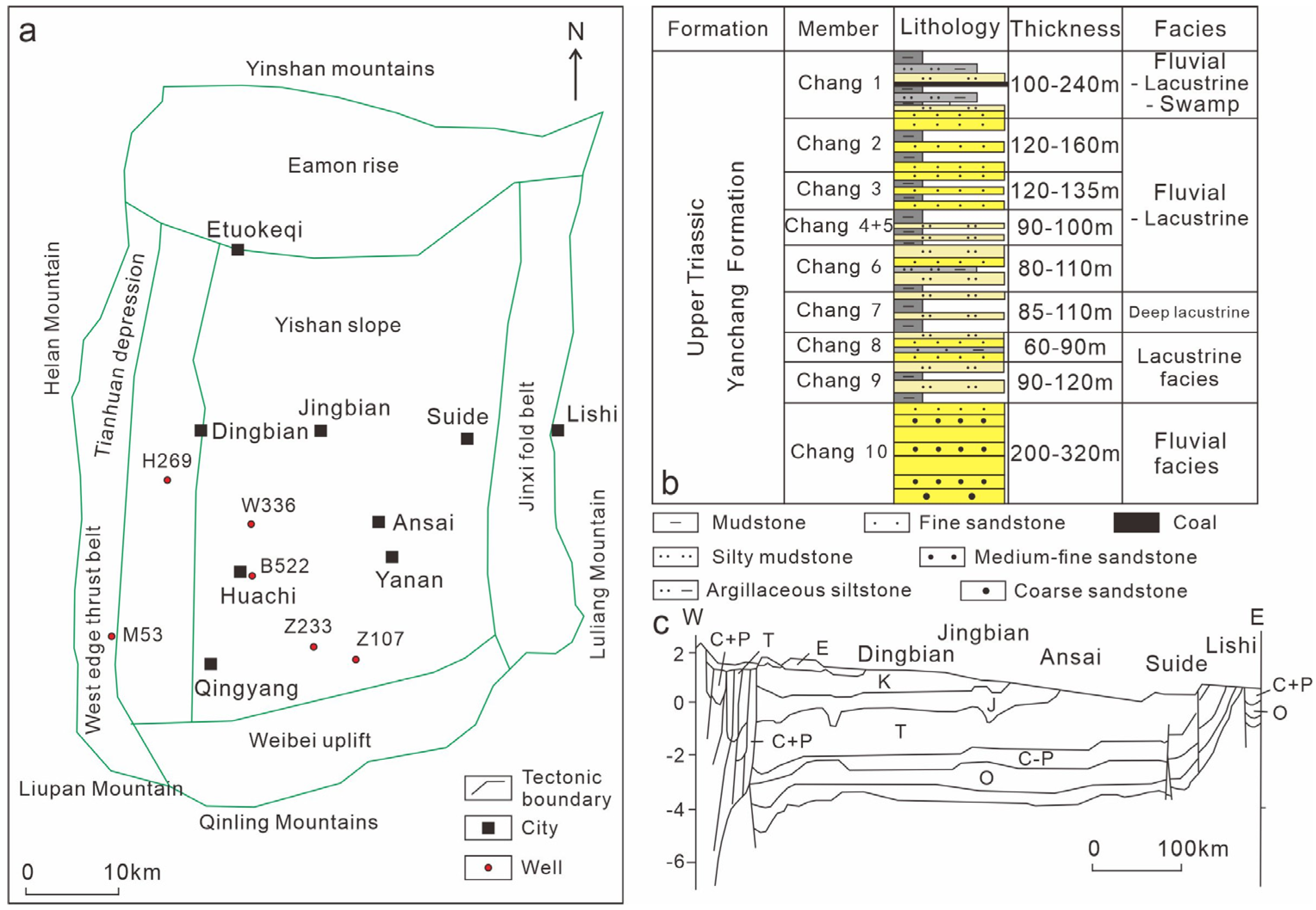
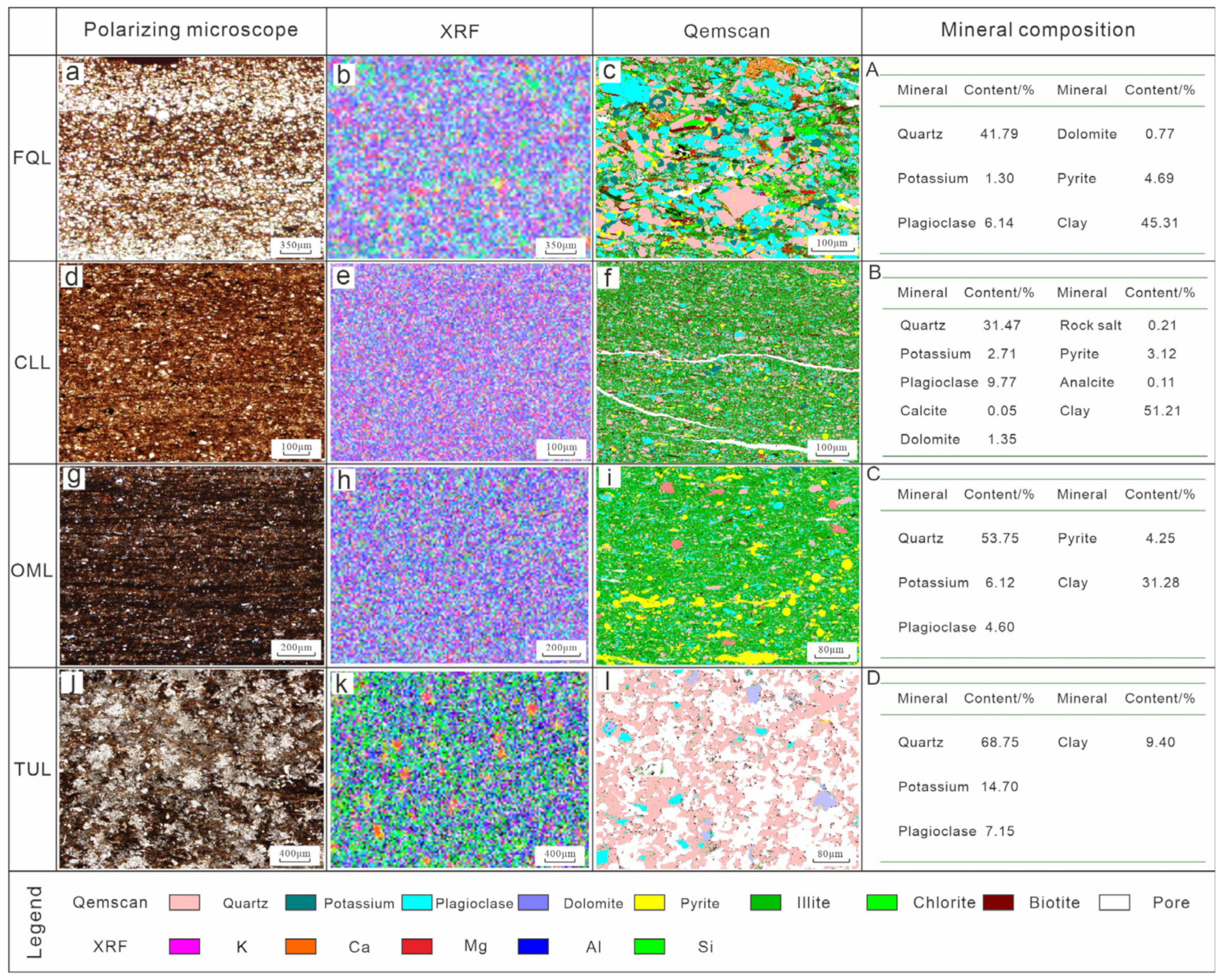
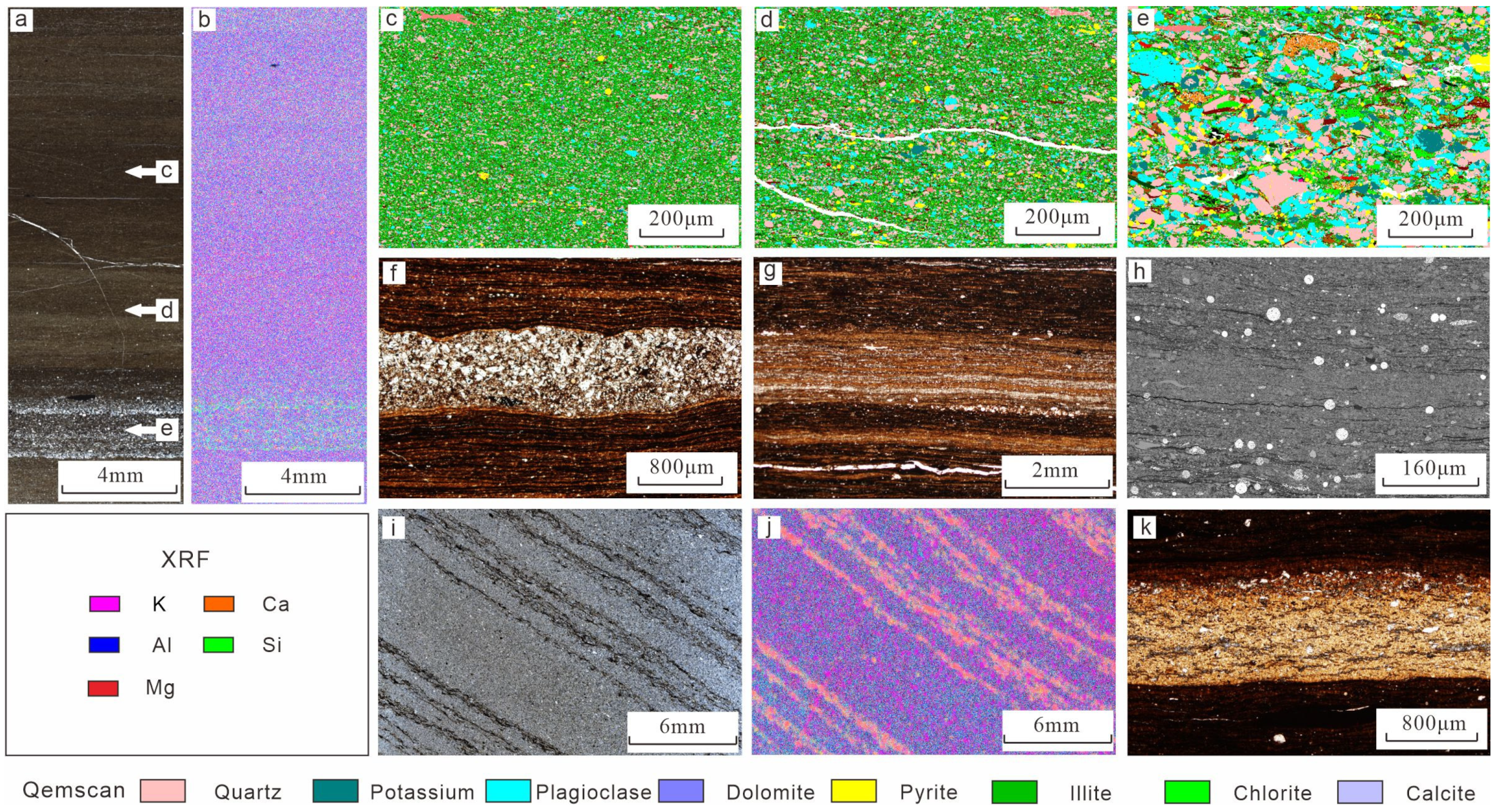
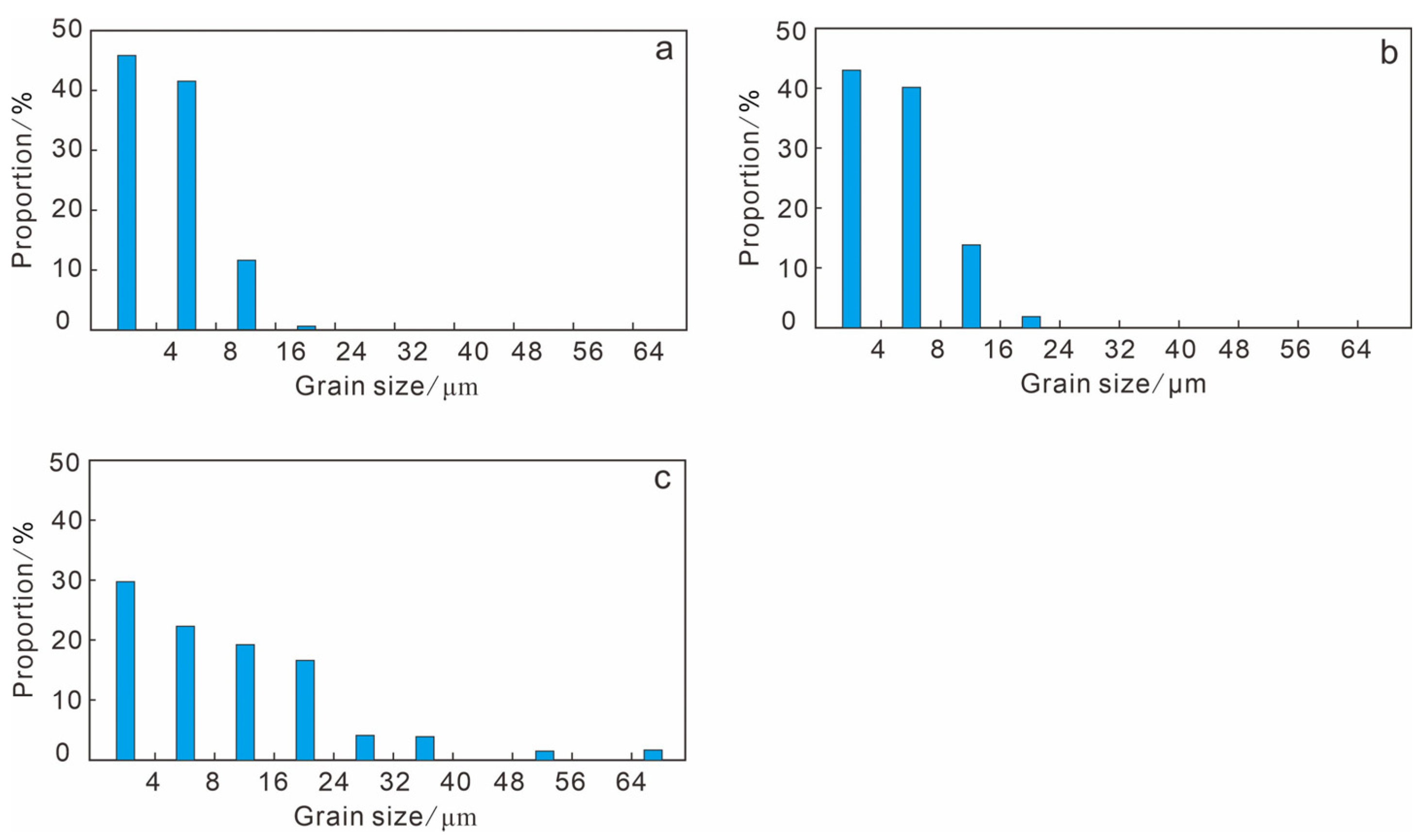
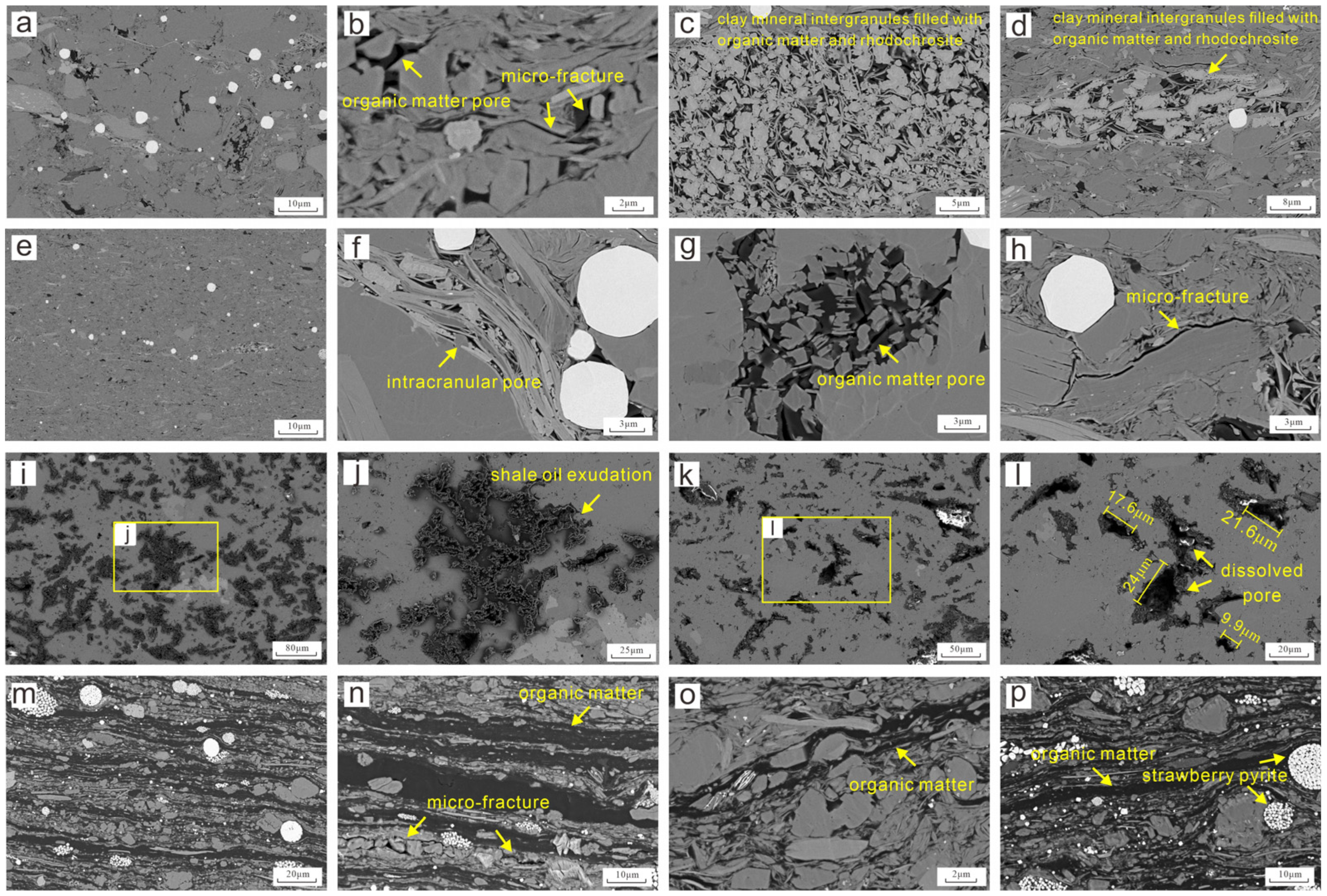
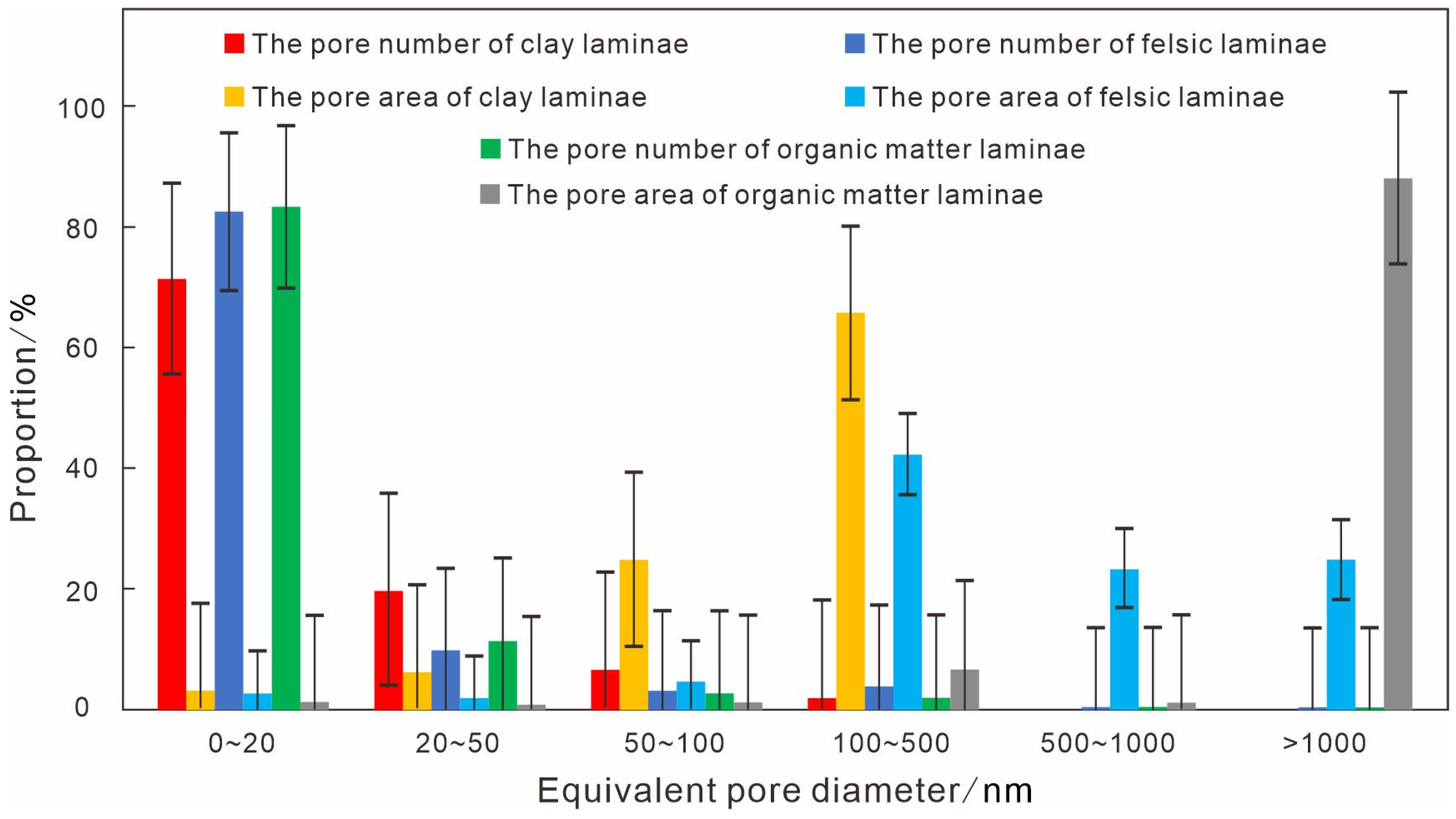
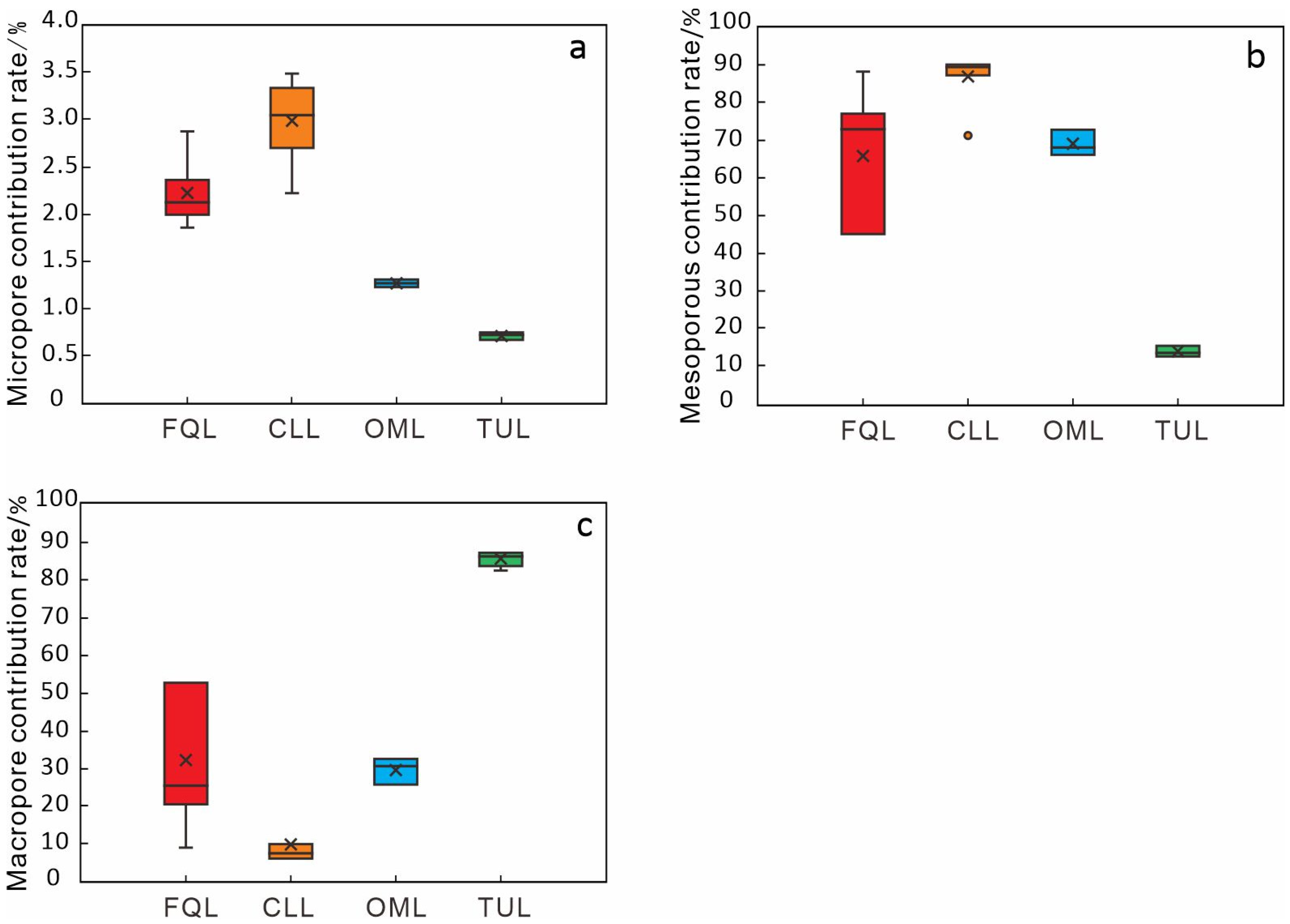

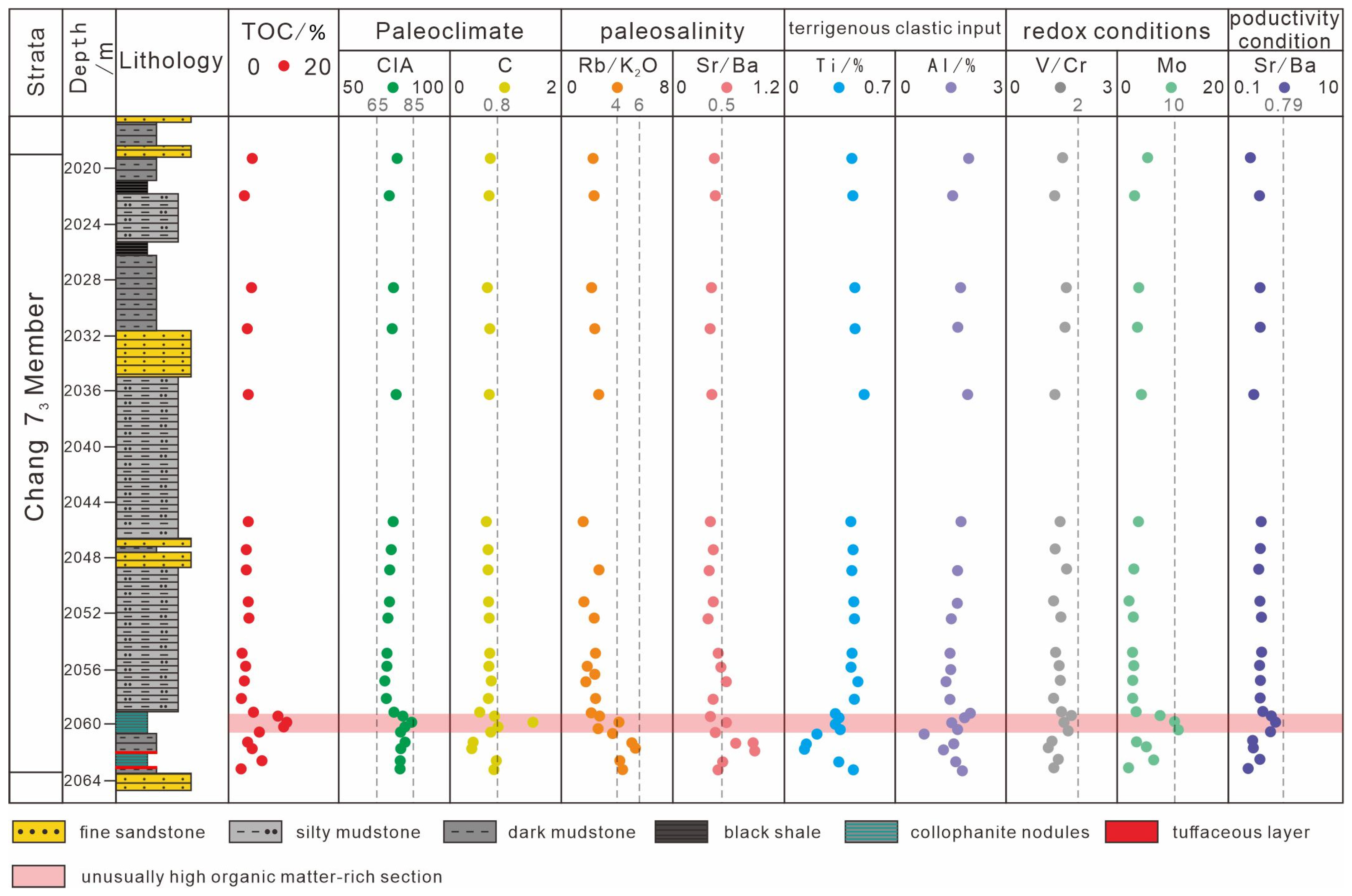
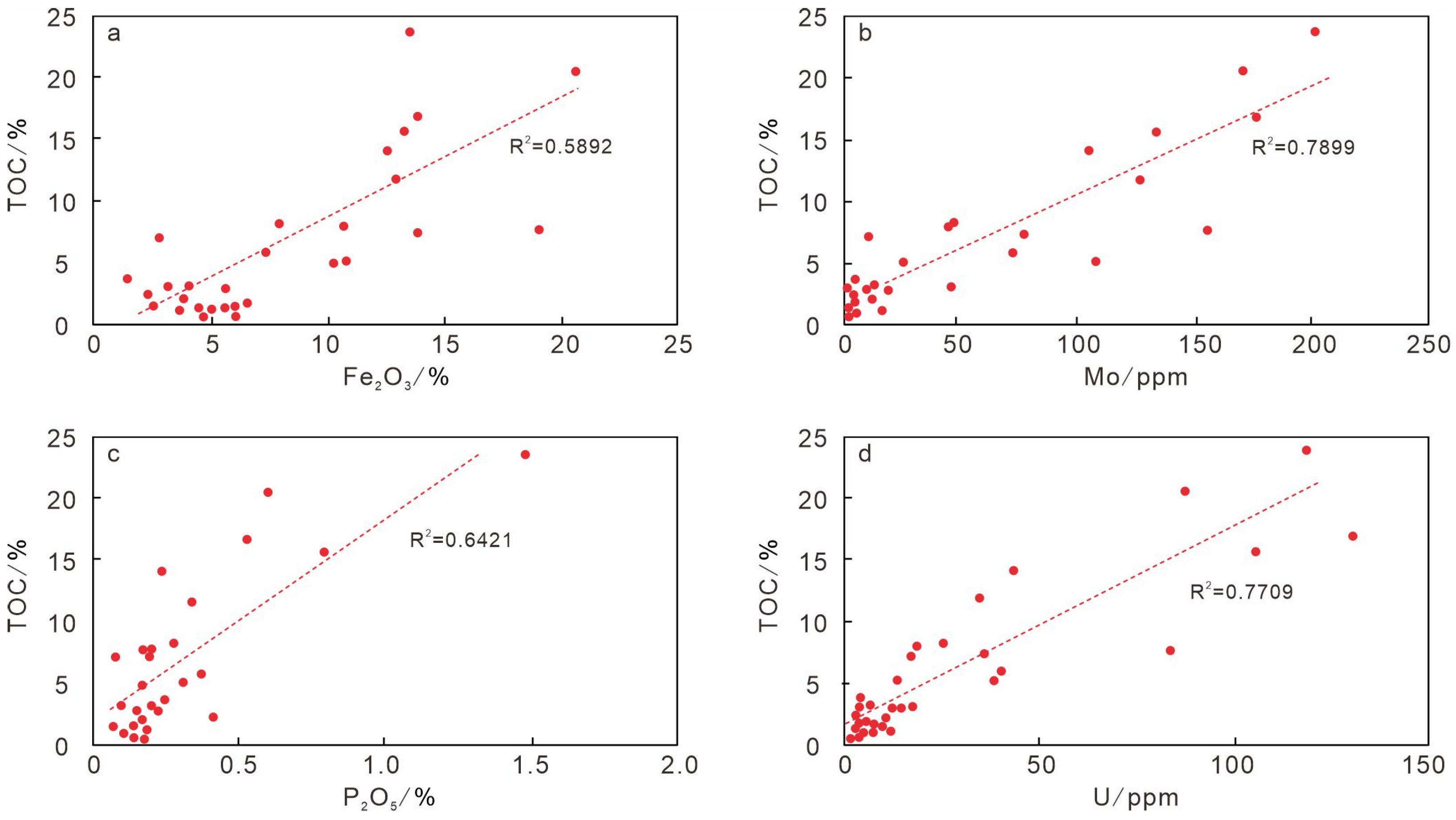



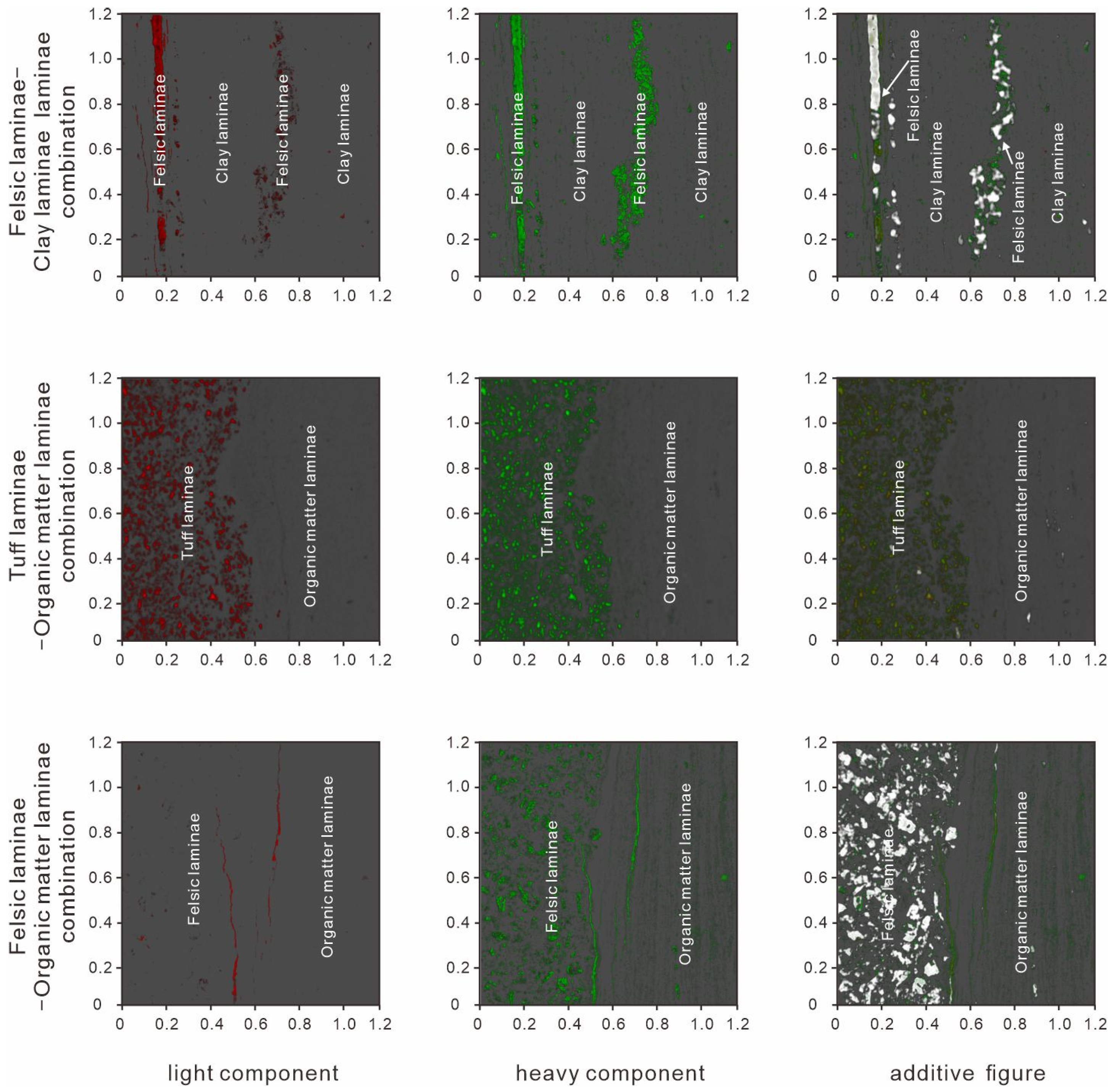
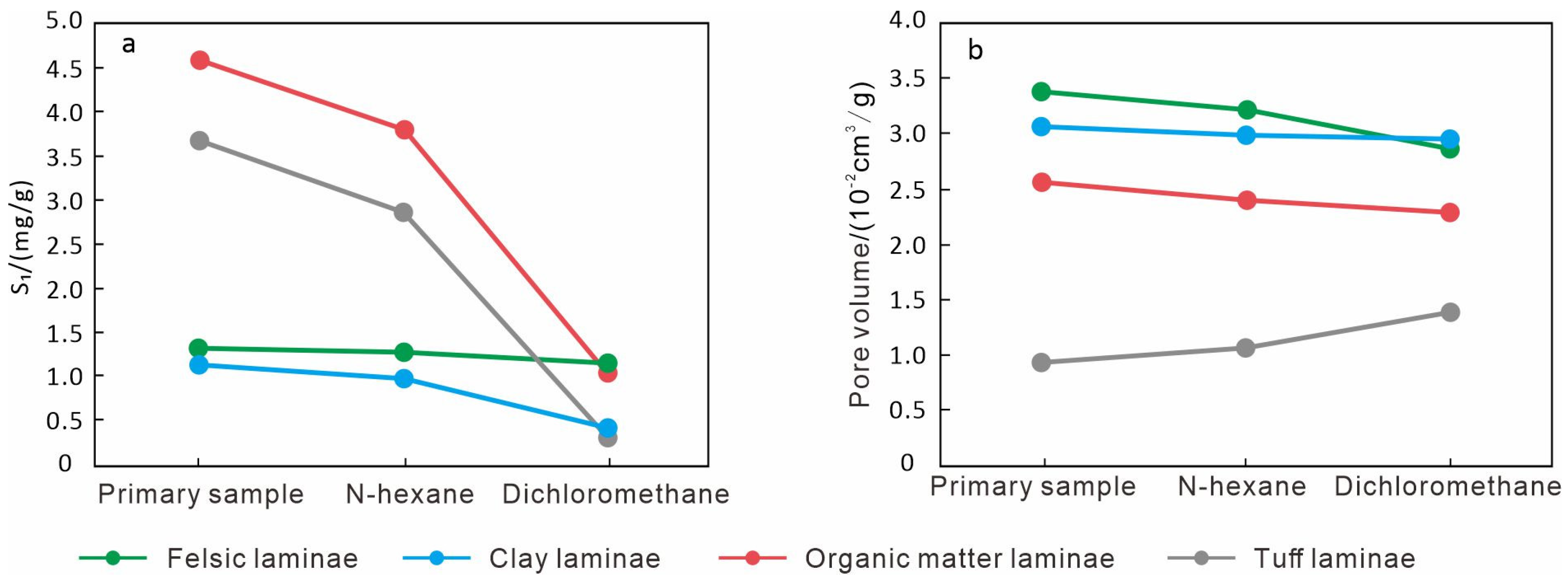

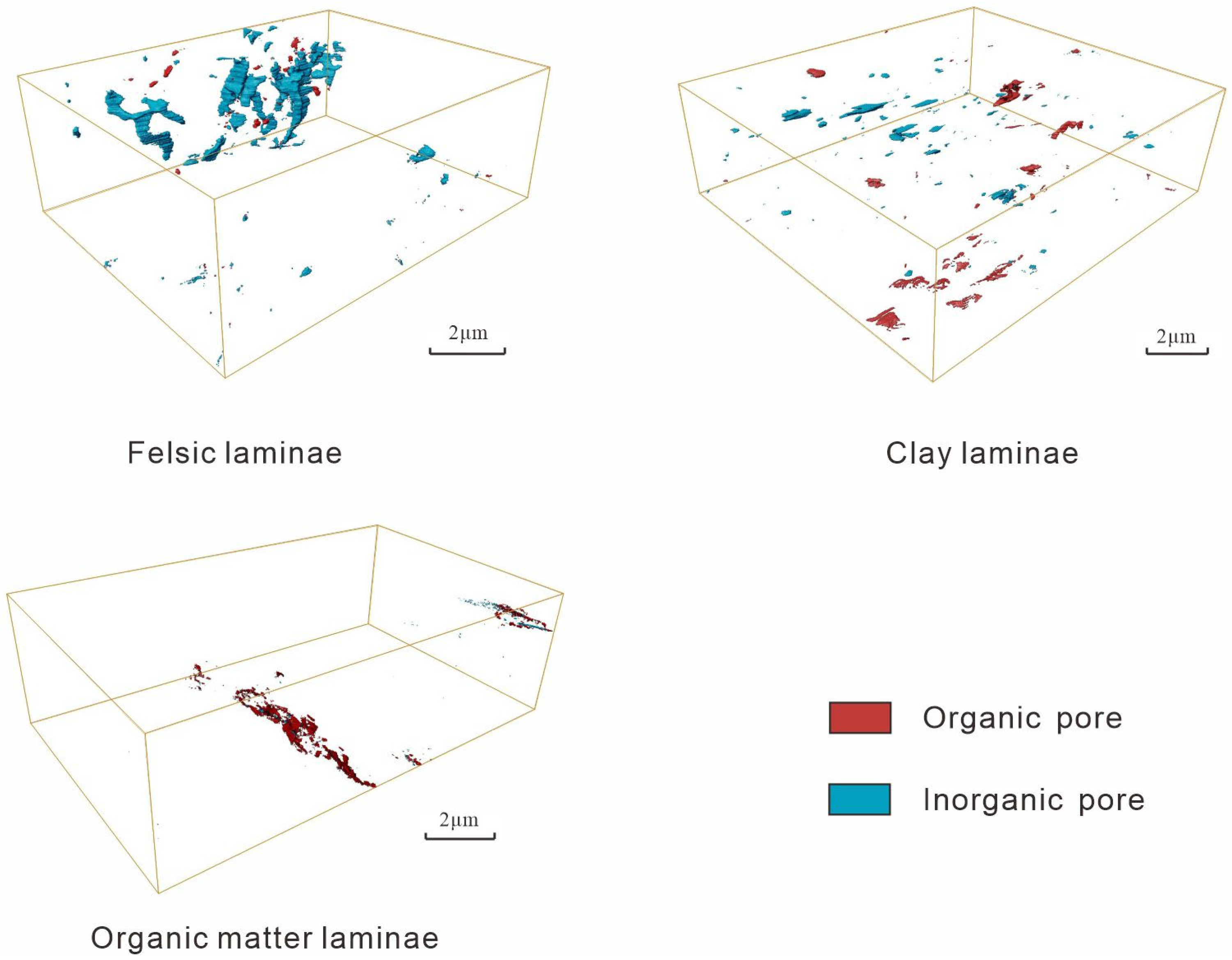

| Laminae | Main Type | Adsorption Desorption Curve | Pore Structure Characterization | |||
|---|---|---|---|---|---|---|
| BET Multi-Point Specific Surface Area | Pore Volume | Pore Diameter | Pore Morphology | |||
| CLL | I | 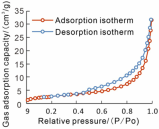 | 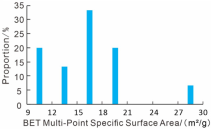 | 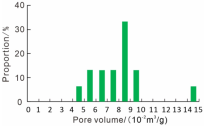 | 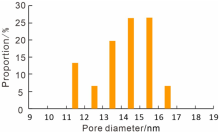 | 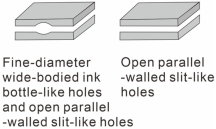 |
| FQL | II | 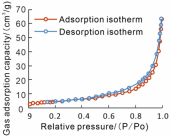 | 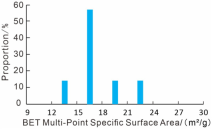 | 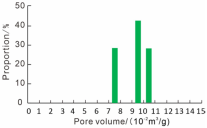 |  |  |
| OML | III | 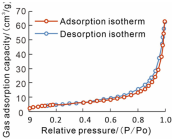 | 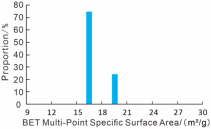 | 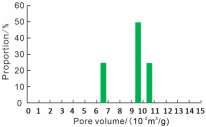 | 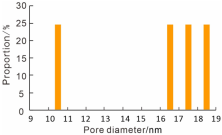 |  |
| TUL | IV | 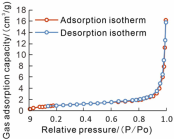 |  |  | 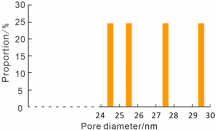 |  |
Disclaimer/Publisher’s Note: The statements, opinions and data contained in all publications are solely those of the individual author(s) and contributor(s) and not of MDPI and/or the editor(s). MDPI and/or the editor(s) disclaim responsibility for any injury to people or property resulting from any ideas, methods, instructions or products referred to in the content. |
© 2025 by the authors. Licensee MDPI, Basel, Switzerland. This article is an open access article distributed under the terms and conditions of the Creative Commons Attribution (CC BY) license (https://creativecommons.org/licenses/by/4.0/).
Share and Cite
Li, M.; Li, W.; Gu, M.; Wu, S.; Wang, P.; Wang, Y.; Cao, Q.; Xu, Z.; Hao, Y. Reservoir Characteristics and Shale Oil Enrichment of Shale Laminae in the Chang 7 Member, Ordos Basin. Energies 2025, 18, 5342. https://doi.org/10.3390/en18205342
Li M, Li W, Gu M, Wu S, Wang P, Wang Y, Cao Q, Xu Z, Hao Y. Reservoir Characteristics and Shale Oil Enrichment of Shale Laminae in the Chang 7 Member, Ordos Basin. Energies. 2025; 18(20):5342. https://doi.org/10.3390/en18205342
Chicago/Turabian StyleLi, Mengying, Wenzheng Li, Mingfeng Gu, Songtao Wu, Pengwan Wang, Yuce Wang, Quanbin Cao, Zhehang Xu, and Yi Hao. 2025. "Reservoir Characteristics and Shale Oil Enrichment of Shale Laminae in the Chang 7 Member, Ordos Basin" Energies 18, no. 20: 5342. https://doi.org/10.3390/en18205342
APA StyleLi, M., Li, W., Gu, M., Wu, S., Wang, P., Wang, Y., Cao, Q., Xu, Z., & Hao, Y. (2025). Reservoir Characteristics and Shale Oil Enrichment of Shale Laminae in the Chang 7 Member, Ordos Basin. Energies, 18(20), 5342. https://doi.org/10.3390/en18205342






